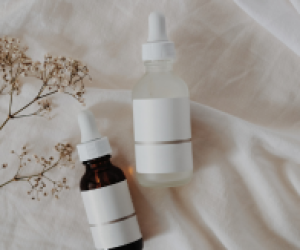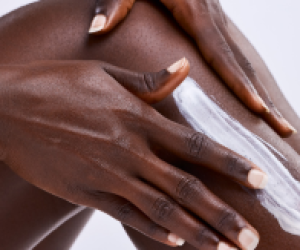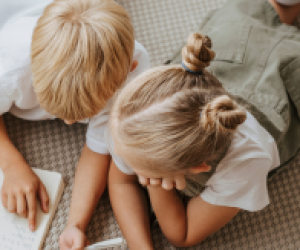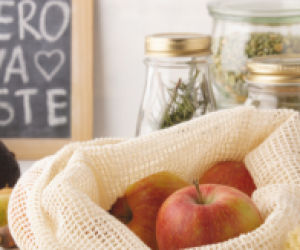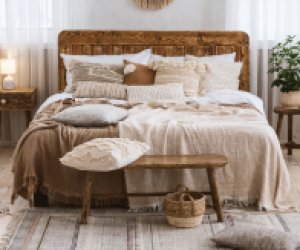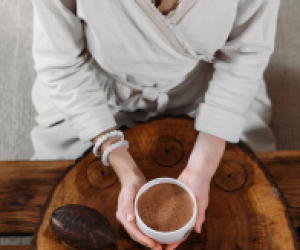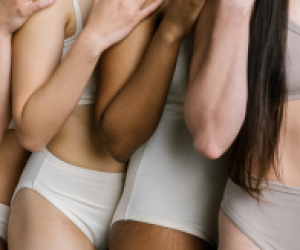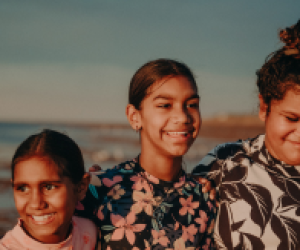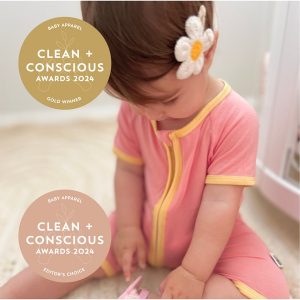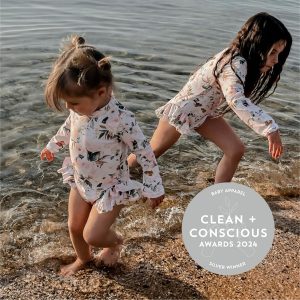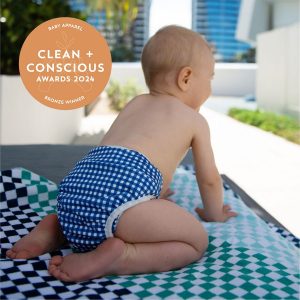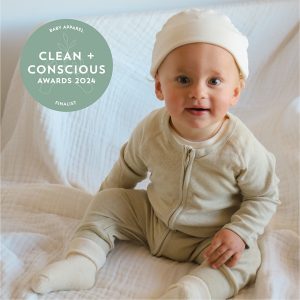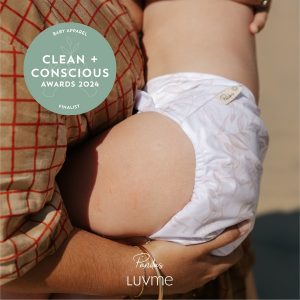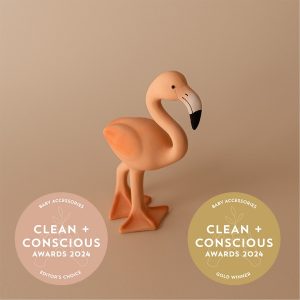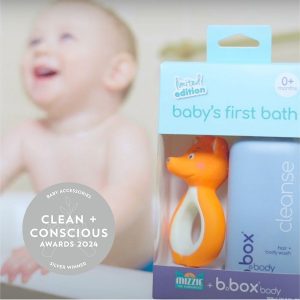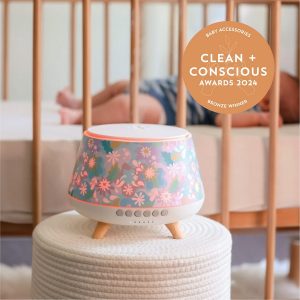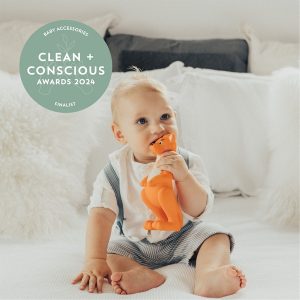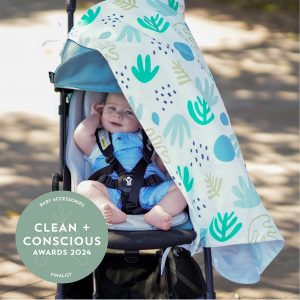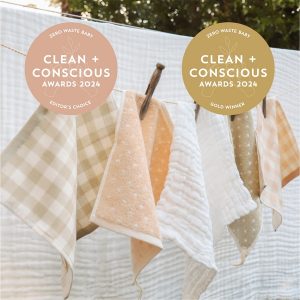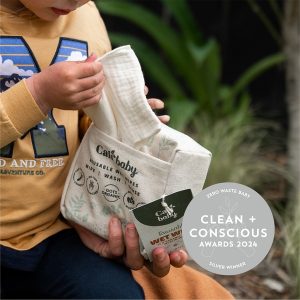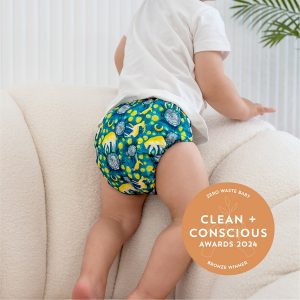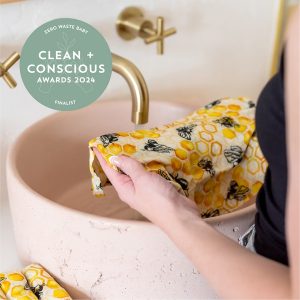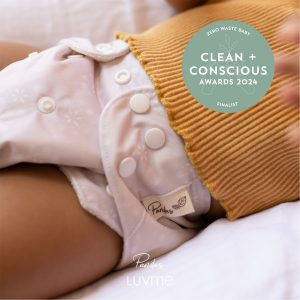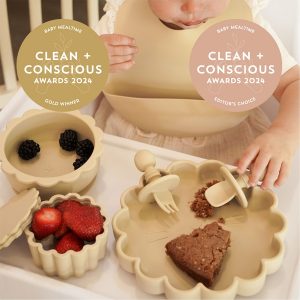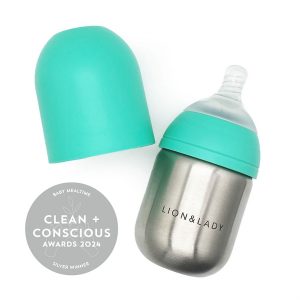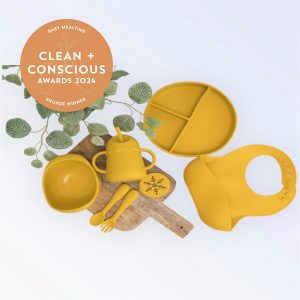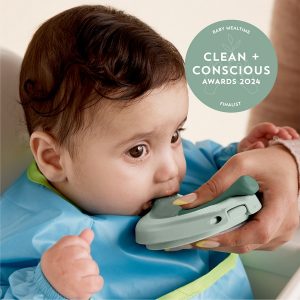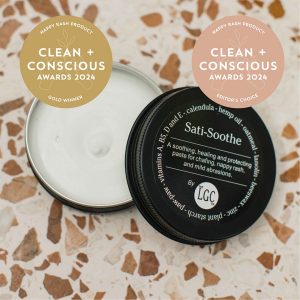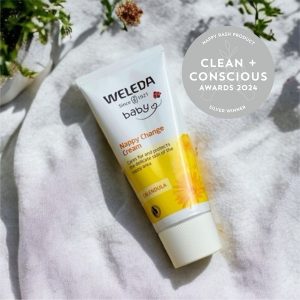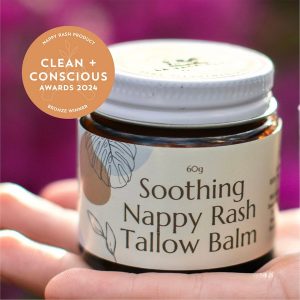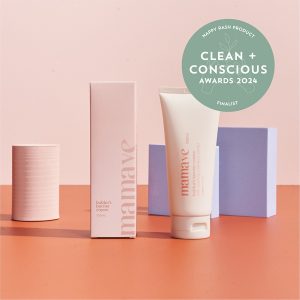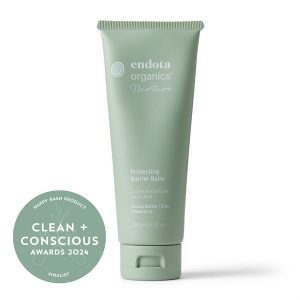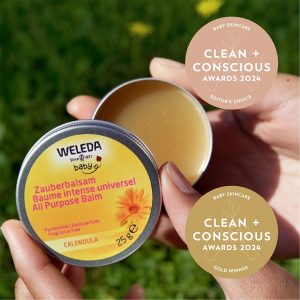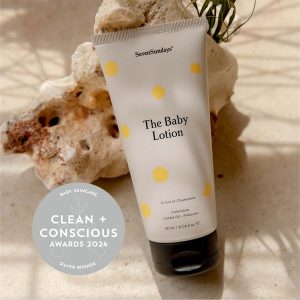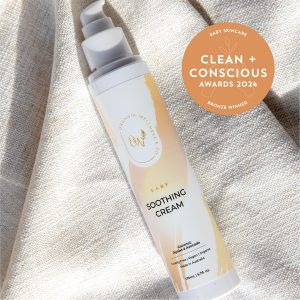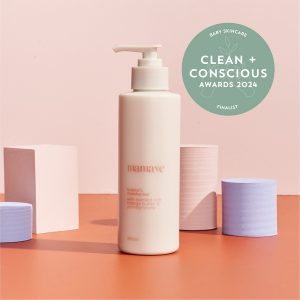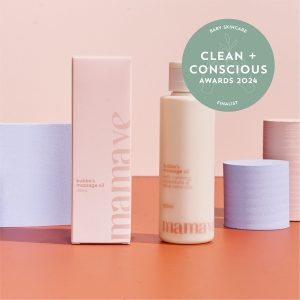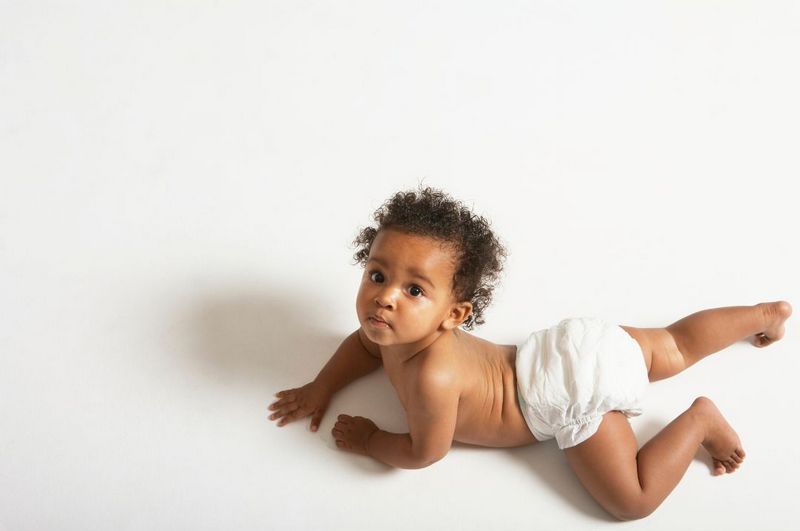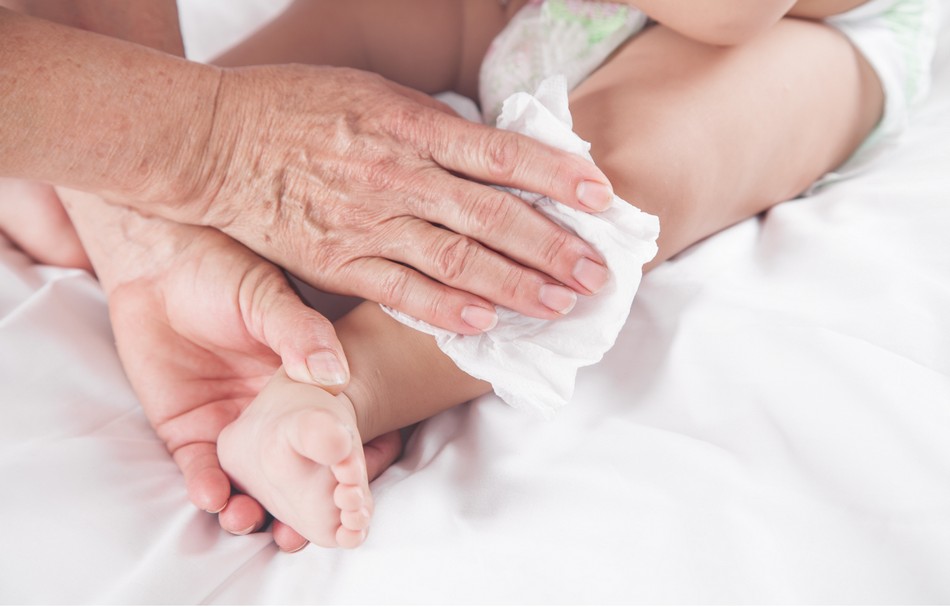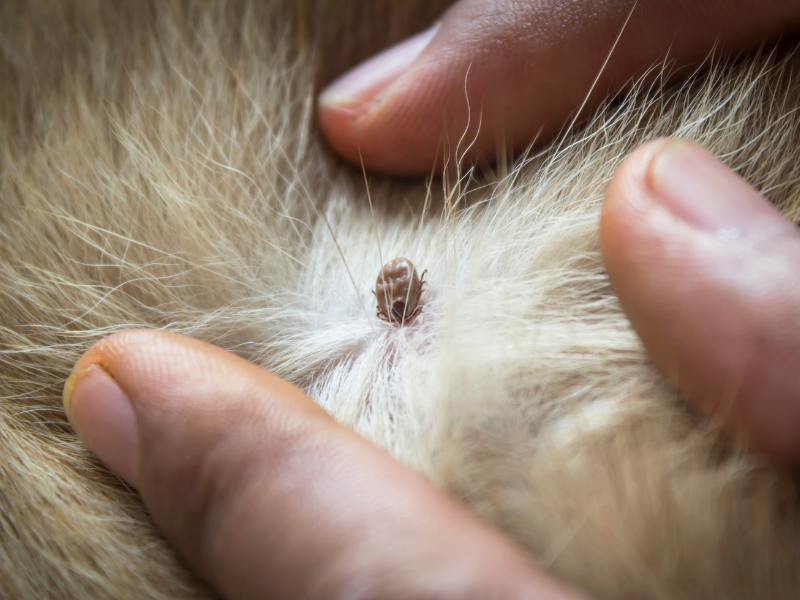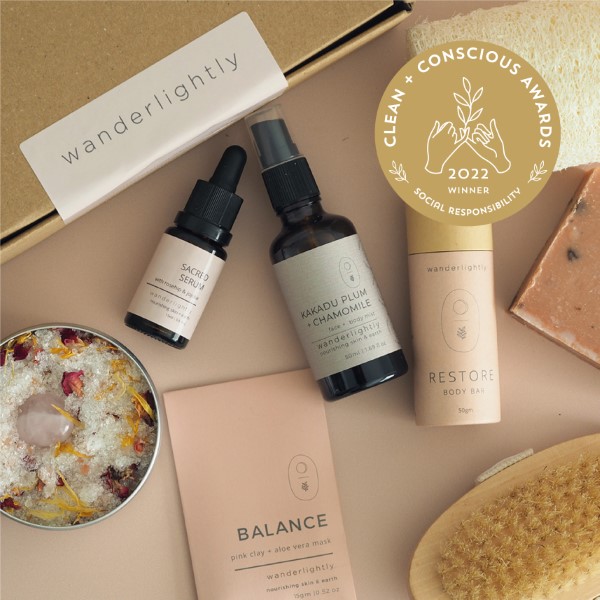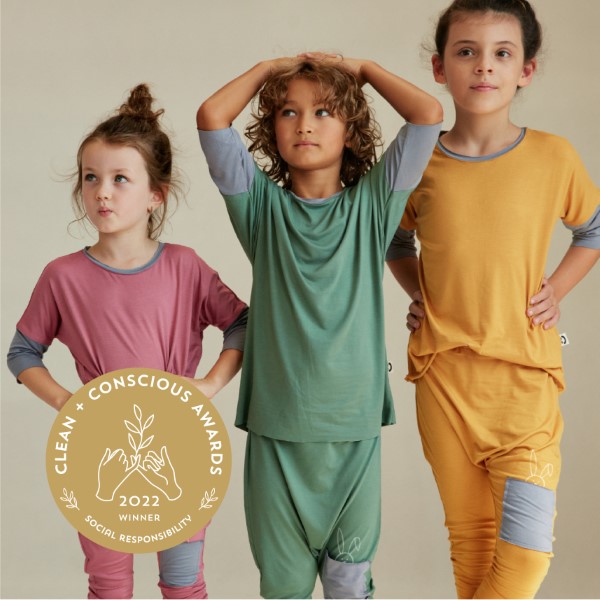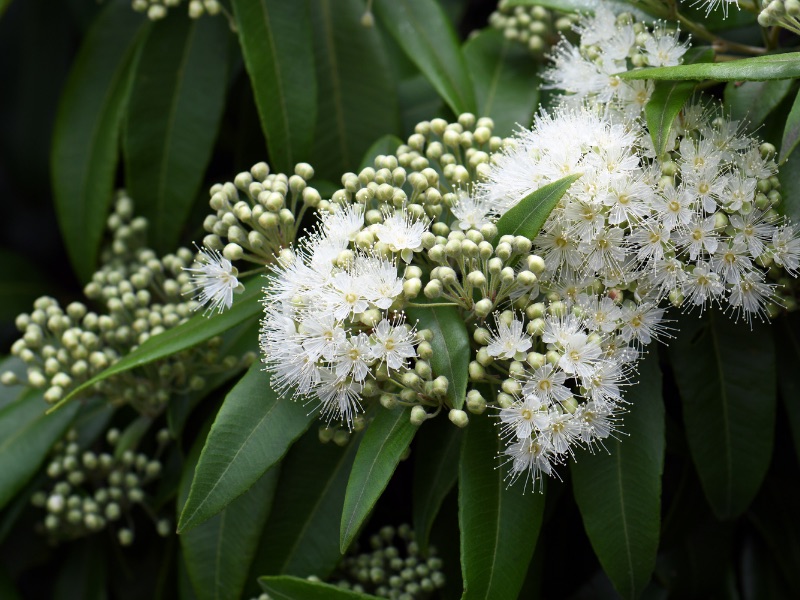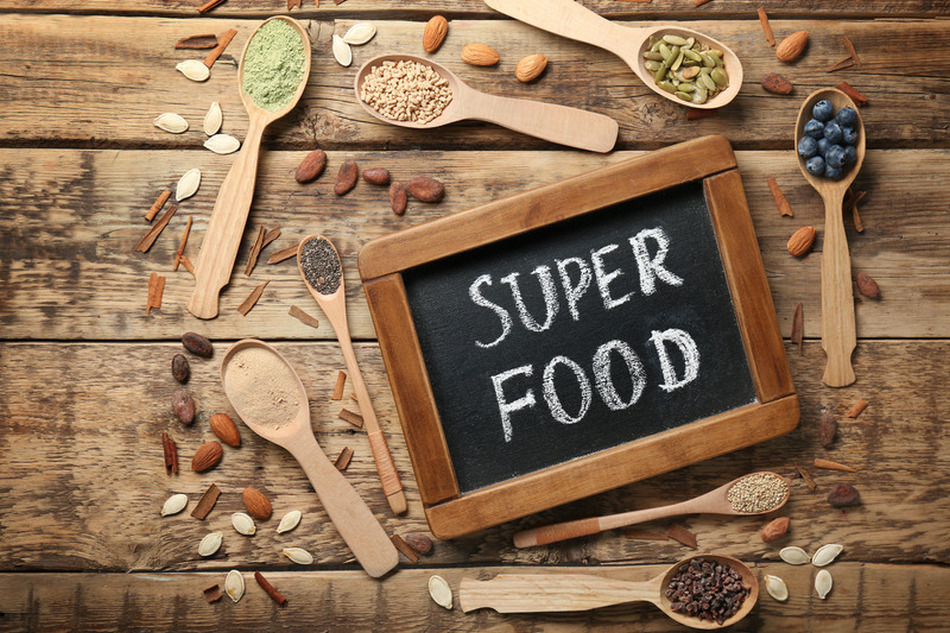I sadly admit, for a long time, when thinking about reusable nappies, I was so intimidated by the thought of all the washing of dirty nappies that I hadn’t ever taken them seriously. I don’t have an aversion to washing clothes by any means, but as a mum of young children, I always felt time-poor. So, the idea of choosing anything that made my life that little bit harder was not something that I felt like experimenting with! However, there are so many arguments and benefits for reusable nappies – cost, environmental impact and lowering chemical exposure, that I couldn’t ignore them any longer without at least digging a bit deeper and seeing what they were like first hand.
I did have some questions that I needed answered before I could really imagine the reality of a swap, though: how time-intensive is the washing routine of dirty nappies? Is it difficult to keep up? Are cloth nappies as absorbent as disposable nappies? Will my daughter get nappy rash? Are they really more eco-friendly when you include the electricity and water used when you wash them? If I was choosing between cloth nappy brands – which one do I go for?

Reusable nappies have been around a very long time and disposables are a pretty new invention in the last 4 decades. Both types of nappies have been through many reincarnations and are much, much better products than they once were! Reusable nappies today – called Modern Cloth Nappies (MCNs), much to my surprise, didn’t look like the bulky, pinned up, boring cloth nappies that were around when I was a baby. They now are extremely cute and depending on the type you use, shaped like a disposable and are just as easy to put on too! It’s enough to convince me that all that washing of dirty nappies isn’t a bad idea, after all!
How is a reusable nappy structured?
Modern cloth nappies come in a variety of different so-called systems, however most cloth nappy brands use an absorbent insert of layers of either natural of synthetic material. There is often a synthetic top layer, or nappy cover, to the nappy which wicks moisture from the skin and brings it into the absorbent layers underneath.
WATERPROOF LAYER:
All nappies need a waterproof layer otherwise they’ll leak, especially if being used as a night nappy. This is either built into the nappy on the outside or involves an outer cover being put on. It can be made from Polyurethane Laminate (PUL), Thermoplastic Polyurethane (TPU), wool or fleece. None of these are making direct contact with baby, but if you were looking for the least toxic options; TPU fabrics use less chemicals in their production than PUL and are more biodegradable. Wool covers are are free of harmful chemicals and often used at night – they are very breathable and absorb the moisture. Fleece is the final option and is a synthetic fabric which is water resistant however the nappy can be subject to compression leaks.
ABSORBENT LAYER:
The absorbent layer can be made out of – cotton, organic cotton, bamboo, hemp or microfibre.
- Cotton: not as absorbent so has to have many layers and is therefore bulky. Durable and cheaper. One of the world’s most pesticided crops.
- Organic Cotton: more environmentally friendly than non-organic. Less toxic. Still bulky, sometimes more absorbent due to higher quality materials. Durable.
- Bamboo: 60% more absorbent than cotton by weight. Slimmer fit nappies. Absorbs quickly. Takes a long time to dry. Most popular material. They don’t require pesticides to grow and don’t use nearly as much water as cotton.
- Hemp: Offers extra absorbency compared to cotton. Slimmer fit nappies. Has antimicrobial and anti-fungal properties. Takes a long time to dry. Not as soft as bamboo. Can trap odours in the fabric.
- Microfibre: A synthetic fabric, absorbs moisture rapidly and is very absorbent. It can be subject to compression leaks. Should not be placed directly against a baby’s skin as can absorb natural oils and dry out skin.
INNER LAYER STAY- DRY FABRIC:
Most nappies then have an inner layer which makes contact with the baby and wicks away the moisture to keep the skin dry.
- Microfleece: This polyester fabric wicks away moisture to the absorbent layer but stays dry to the touch.
- Suede cloth: Another polyester fabric similar to microfleece but is thinner and lighter.
Types of Reusable Nappies
All in ones (AIO)
These have all the layers sewn together so there’s no need for covers and separate layers. These are the most similar to disposable nappies. They are shaped and are fastened with press studs or Velcro. They are very simple to use, the longest to dry and the most expensive. One nappy is needed for every change. It’s recommended you have between 30-36 of these for full time use.

All in twos
These have a waterproof outer layer and an absorbent inner layer which clips in with press studs on top. These can be taken apart for washing and because of this, they dry faster. It is also not necessary to change the whole nappy at every change as you can just replace the absorbent layer if the outer isn’t soiled. This means less washing and also you might only need 10 covers and 30-36 absorbent inserts.
Pocket nappies
A pocket nappy has a waterproof outer layer sewn together with the inner lining, leaving a pocket to put in the absorbent insert. This pocket ensures the absorbent insert stays in place and doesn’t move with wear. These absorbent inserts are removed for washing which makes the nappy dry faster, though it does take longer to assemble them.
Terry towelling cloth squares
These are the cheapest and oldest option. They can be a bit bulky and you need clips or pins to fasten them and to use a leak proof cover. They dry quickly and are available in all sorts of materials- from cotton to bamboo and hemp.
Pre-folds
These are layers of fabric (cotton or bamboo etc) which are folded into a pad shape and place into a leak proof cover. These are quite cheap, dry quickly and not bulky however they are less absorbent.
Fitted nappies
Fitted nappies are shaped nappies made completely of material- cotton, bamboo etc. They are used with a waterproof cover and fasten with press studs or Velcro. These may come with an additional absorbent insert. These are easy to use and change. They are more expensive than pre folds but cheaper than all in ones.
Sizing
Reusable nappies come in fixed sizes or a one-size-fits-most with extra press stud fastenings for adjustment as a baby grows. Different sets are needed for fixed size nappies however if you have more than one child, they can be reused. The one-size-fits-most nappies, due to their longer wearing time, do get more wear and so may only last one child.

Disposables VS Reusable nappies
To really answer this, a lot of factors have to be looked at: non-toxic status, environmental impact, cost, fit and comfort and also convenience.
Non – Toxic status
There are some disposable nappies which are absolutely excellent in their non-toxic status (check out our recommended list here.) Unfortunately, a lot of mainstream disposable nappies use chlorine for bleaching (which leaves small amounts of carcinogenic dioxin residues), contain synthetic fragrances and odour blockers (which have endocrine disrupting phthalates), can have formaldehyde containing glues and also toxic dyes which can cause awful allergies.
Environmental impact
Whilst I originally expected reusable nappies to be miles more environmentally friendly than disposables, the winner is surprisingly less defined. While disposable nappies have a large environmental impact from their manufacture and disposal, the water and land needed for cotton production and then the repeated washing and drying of reusable nappies mean that both types have a negative environmental impact.
The UK Environment agency in 2008 did a study * to evaluate the environmental impact of cloth nappies vs disposables. The conclusion was that the environmental impact of cloth nappies depended highly on how you cleaned them. If you followed these suggestions you were however able to reduce your negative environmental impact by 40% as opposed to disposables (whilst also avoiding unwanted chemical exposure and limiting land fill!)
- Line drying outside and tumble drying as little as possible.
- Choosing an energy efficient washing machine, washing in fuller loads and not washing above 60°C.
- Reusing nappies for other children.
- Using biodegradable, phosphate free detergent and no fabric softener.
The study found that if someone had reusable nappies and always washed the nappies at 90°C and tumble dried them every time, then the environmental impact was 75% worse than just using disposables given all the water, cleaning products and energy used! So it is really important to make sure you launder them with an environmentally aware mindset.
*In 2008, washing machines and dryers were less efficient and less people had solar panels. An efficient machine and solar panels would also dramatically reduce environmental impact.
Cost
A baby will need a minimum of 24-26 reusable nappies to get them through to toilet training, though it is recommended to have 30-36 so it’s not a worry if it’s raining and they don’t dry quickly etc. For reusable nappies, you can have a full set which would last your baby til they were toilet trained for as little as $500, or up to $1000 for the top of the range bamboo or all-in-ones. You also have to factor in washing/drying water and electricity and special detergent.
Choice magazine estimates a baby will go through 6000 disposable nappies until toilet training. This can cost $2000 in total for some of the cheapest bulk supermarket nappies or about $4200 for the best eco / non-toxic disposables if you buy them in bulk.
Reusable nappies are much cheaper overall. If you have another child, you can also reuse them, whereas with disposables your costs are double. There are also facebook groups which sell used reusable nappies and you can pick up sets in excellent condition for bargain prices.
Reusable Nappies: How much work is it?
Reusable nappies should be initially prepped which involves washing and drying them up to 6 times depending on the material they are made from. (Apparently as a short cut, one can also soak overnight and change the nappy more frequently for the first few wears as the absorbency increases.) Washing them really comes down to a simple routine… you take off the nappy and lift out the liner. If the liner has poo on it, you throw the poo in the toilet and flush and the liner you put in the bin. If there is leftover poo on the nappy, you rinse it either with a spray attachment or in the sink and put it in a dry bucket.
Reusable nappies don’t need to be soaked… you pop them into a dry bucket and every second day put them into the washing machine with an eco-friendly detergent on a long wash cycle. You then hang them up or tumble dry on low (though this option isn’t nearly as environmentally friendly!)
Drying time
This is more significant than I first gave it credit for. Natural fibres are super absorbent… great for a nappy material you say! Yes, it is… it does however mean it takes a fair while to line dry as well – especially if it’s humid. The trick is to make sure you have enough nappies so you’re not sweating on them drying quickly… and it’s nice to have a tumble drier back up if all else fails!
The importance of washing regularly
Reusable nappies need to be washed every other day otherwise ammonia from urine can lock into the cloth and create a persistent odour as well as increasing the risk of nappy rash. Also, if you don’t wash every second day, you’ll need many more nappies in your stash as well!
The right detergent
Reusable nappies need to be washed with a detergent which doesn’t contain a fabric softener. Ideally it’d also be environmentally friendly and non-toxic too as that is why we’re choosing to use them! I recommend the Clean + Conscious award winning B Clean Co – Baby Laundry Detergent.
(‘Clean Cloth Nappies Down Under’ is a facebook group devoted to giving recommendations on the washing of MCN’s and gives specific recommendations according to the material of your nappy and your type of washing machine. It’s definitely worth a look if you have other questions about washing. They do however recommend some detergents for washing that I wouldn’t feel comfortable using as I don’t think that they’re non-toxic.) For truly non-toxic washing, I’ve heard of some people having great results from using soap berries and bicarb.
Helpful Accessories
Nappy Bags
Nappy bags are used to store used nappies when you are out and about. A must if you are going to be using reusable nappies outside home so you don’t have to use a potentially leaky plastic bag – and much more environmentally friendly too as you just wash it with the nappies! I love this Designer Bums wet bag.
Nappy liners
This makes removing solids really easy and minimises stains. There are ‘flushable’ viscose ones which are great for catching poos, though you can’t actually flush them down the toilet like they suggest as they don’t break down like toilet paper and clog the sewerage system. You can also get reusable liners made from microfleece which can be thrown in the wash with the nappy.
Sprayer attachment
This uses water pressure to quickly wash away the poo from the nappy which means you don’t have to touch it. If you used reusable nappies full time, I can understand how this would be a good investment- anything to make life easier, right?
Nappy bucket / dry pail
This is a bucket which has an airlock on it so that no smell travels. Well worth the investment.
Reusable wipes
If you are doing the washing anyway, it’s not more to use reusable wipes. I found it simpler to use them when using reusable nappies because otherwise I had to throw the disposable wipes in the bin separately. It was easier to keep them with the nappy and put them all in the bucket to wash together. It’s also a non-toxic option and cheaper long term. These are our favourites:
Fibre For Good – 5 Pack Reusable Wipes
Designer Bums – Reusable Cloth Wipes
CaliWoods – Reusable Wet Wipes
What about nappy rash?
Nappy rash is the result of urine and faeces combining to burn the skin. It is also caused from a sensitivity to wetness, allergy or a fungal infection. All babies can get nappy rash and changing a nappy regularly reduces the chance of it occurring.
Reusable nappies don’t have the super absorbing ingredient in them that disposables do and so need to be changed at least every 2 hours or 3 hours. Disposables however can be left a bit longer as long as they are changed as soon as a poo is done.
A lot of reusable nappies have stay-dry inserts sewn into the nappy or otherwise they can be available as an additional liner. Whilst I was originally opposed to the idea of synthetic material against a baby’s skin, I now realise that it serves an important purpose in wicking away moisture so that the surface of nappy stays dry to the touch. Not all nappies have them and some just purely have bamboo material for example against the skin. This is a very absorbent material, however I was aware of my daughter’s bottom when she was little being more damp than in a disposable. Does it matter? Not if the nappy is changed regularly and it can aid in early toilet training!
Nappy creams and bottom balms
Nappy creams have to be carefully used with MCN’s. Zinc and petroleum products used in a lot of nappy creams destroy the absorbency of the cloth and are impossible to properly get out of the fabric once there. There are however some bottom balms that are made for use with reusable nappies made of natural oils, though it is recommended they be used with a liner.
Read about our recommended nappy creams here.
I have heard claims about disposable nappies and male infertility?
There was a study done in a paediatric journal which found that the scrotal temperature of baby boys wearing plastic disposable nappies was much higher than it was when they wore cloth. This raised concerns as to whether it could impact on fertility. This study did not take into account the water-resistant layer that has to be worn over a cloth nappy to make it waterproof. When the study was replicated including the normal outer layer of the cloth nappies, this temperature difference that had been found disappeared.

My experience
Reusable nappies are super cute. They are very easy to use and work out – not to mention rewarding because you feel like you are doing the environmentally friendly thing! They are a bit more bulky than disposables, but mostly my babies could still fit into their normal clothes.
Regular changes
Swapping from disposables, the most difficult thing I found was increasing the frequency of changing to every two hours. I’m cautious about nappy rash and so I was very aware of changing the nappies regularly as I knew they didn’t stay as dry as disposables. Once you get into the routine of regular changes though, this isn’t really a problem.
Reusable baby wipes
Reusable baby wipes and MCN’s go hand in hand really. There’s no more washing involved using the wipes if you’re already washing the nappies! It’s also annoying using regular disposable wipes with the reusable nappies as you have to separate the nappy and wipes after the change to put them separately in the bin and put the rest in the wash bucket. So whilst I had thought reusable wipes would be difficult, I found them easier to use than disposables when using reusables!
‘Flushable’ liners
I did like to use the ‘flushable liners’ (which aren’t really flushable as they block the sewerage system and cause a big problem – so you must put them in the bin!) each time to make things as easy as possible and so that I could still use a zinc based bottom balm on my daughter. They really do make things simple and much easier to clean, you literally just tip the poo straight into the toilet and flush (and put the liner in the bin)!
Washing!
The washing was surprisingly straight forward and if you have extra washing to be done, after the initial rinse cycle in the machine, you can just add it in. I was surprised by how long the nappies took to dry – I was determined not to use the tumble drier as that took away some of the environmental advantage of using them in the first place! The nappies I used had bamboo and organic cotton absorbent layers. These are the most absorbent, however they do take the longest to dry. The trick is to have enough nappies so that you’re not down to your last few if they take a bit longer to dry due to weather!
Leaks?
I found MCN’s surprisingly leak proof. As most are adjustable around the leg, they really only would leak if totally saturated (or been put on by someone who didn’t get the fit right to start with.) Given you are changing them every 2 hours during the day and can alter the absorbency by adding extra bamboo inner inserts, I found them incredibly reliable. If my daughter had been drinking a lot at lunch before her sleep, I’d just make sure I adjusted her next nappy to be more absorbent.
Absorbency
I did notice that my child’s bottom was more damp than it would be coming out of a disposable. As I was changing the nappies regularly, this didn’t seem to be a problem at all. My children have very sensitive skin and were prone to eczema and nappy rash and yet we had no problems at all!
This wetness sensation helps toddlers realise that they have actually done a wee and so aids in early toilet training. I’ve heard again and again that toddlers in reusables toilet train early… an extra advantage!
Conclusion: So would I recommend reusable nappies?
Yes! They are definitely a way of making sure your baby’s chemical exposure is at its lowest. They are also much more environmentally friendly if you launder them appropriately and much cheaper (amazingly cheap if you manage to use them on more than one child!)
They do require more work than disposables, but once you’re in a routine with the washing and are used to the shorter change interval (which you have anyway with younger babies), then it really isn’t much extra at all.
Reusable nappies are totally possible to use part time, so you don’t need to be all or nothing by all means. You can start small and use them just when you’re at home for example.
There are lots of different styles and brands of MCN’s and some will suit your baby’s size, washing expectations, need for easy use and budget more than others.
These are the reusable nappies we love and recommend.
Clean + Conscious Award- Winning Reusable Nappies: Reviewed by Mothers
Gold + Editor’s Choice : Designer Bums – Reusable Cloth Nappy
Designer Bums Reusable Cloth Nappies combine style and sustainability with a trim-fit design and limited-edition prints. They are an All-In-Two style, adjustable with three rise settings and can be used from birth to toilet training. Each nappy includes two bamboo inserts.
Read reviews on this product by our Experts HERE
Silver : Mimi and Co – Originals 2.0 Modern Cloth Nappy
The Mimi and Co Originals 2.0 Modern Cloth Nappy is an eco-friendly option made from post-consumer recycled plastic. It has a narrow crotch and leak-proof protection for a superior fit and comfort. Suitable for babies weighing 2.5kg to 20kg, it features a jersey lining, 5-layer bamboo cotton and 4-layer hemp cotton inserts.
Read reviews on this product by our Experts HERE
Bronze : Seedling Baby – Multi-fit Pocket Nappy
Introducing the ultimate cloth nappy for all stages. This adjustable design features a snap-down rise, catering to newborns through toilet training. Accompanied by a fully adjustable prefold style insert, it effortlessly adapts to your baby’s age.
Read reviews on this product by our Experts HERE
Finalist : Eenee – Hybrid Nappy System
The Eenee hybrid nappy system offers parents a comfortable, convenient, economical and eco-conscious choice. It features breathable stretch cotton pants that can be paired with either the super absorbent Eenee pouch cloth inserts or the compostable disposable uPad inserts.
Read reviews on this product by our Experts HERE
Finalist : Luvme – Modern Cloth Bamboo Reusable Nappy
Luvme bamboo cloth nappies are affordable, effective, and eco-friendly. With a waterproof outer layer and a soft, absorbent four-layer bamboo inner layer, they reduce waste by replacing disposable nappies. Suitable for newborns to toddlers, these nappies are designed to fit all sizes.
Read reviews on this product by our Experts HERE
See our top recommended Baby products in our 2024 winners Directory here!
I’ve also done articles on choosing safe baby wipes, bottom balms , baby shampoos, non-toxic baby floats and paddling pools, reusable nappies and disposable nappies . If you found this helpful, you’ll love those too.
